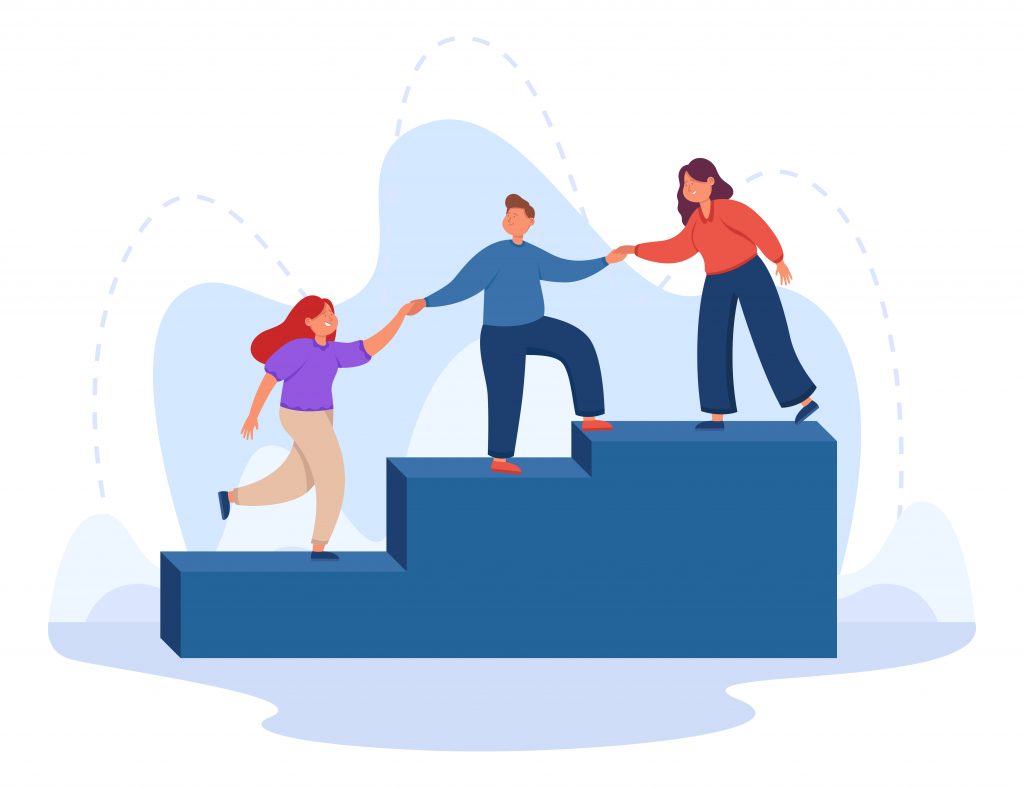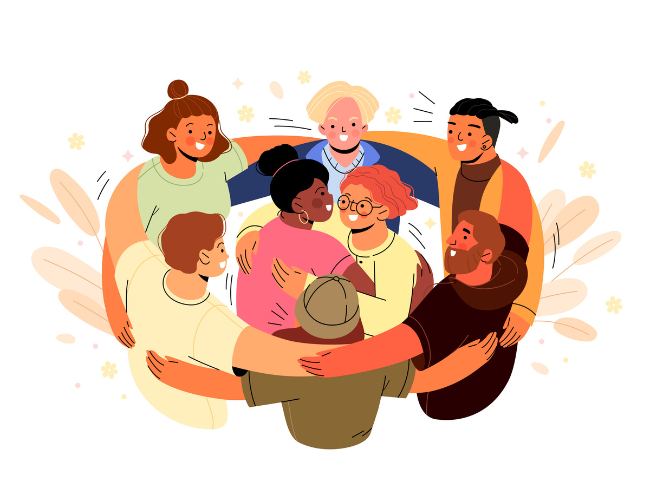Employee engagement is critical to organizational health and sustained business success. An engaged employee is connected to their workplace, committed to their job, and invested in the growth of the organization.

Pressed for time? Here’s a quick summary…
- Employee engagement remains alarmingly low, with just 21% of global workers reporting they feel engaged.
- Flexible work arrangements, supportive managers, regular recognition, and wellness programs are top contributors to higher engagement, satisfaction, and retention.
- Leadership accountability and employee autonomy are also strongly correlated with employee engagement.
- Engaged employees drive business performance, with top-performing companies seeing 23% higher profitability and stronger customer satisfaction.
What Is Employee Engagement?

Employee engagement is the extent to which employees are behaviorally, emotionally, and psychologically committed to their work. It is characterized by a dedication to the organization’s goals paired with a sense of workplace well-being, and it’s strongly connected to retention, job satisfaction, productivity, and profitability. Employee engagement is measured using qualitative data, such as feedback from stay interviews and pulse surveys, and quantitative data like turnover and absenteeism rates.
Types of Employee Engagement
- Engaged employee: An engaged employee enthusiastically puts time, effort, and energy into their work, and this is often evident in their performance. They feel:
- Aligned with their company’s purpose
- Passionate toward their tasks and projects
- Motivated when overcoming obstacles
- Connected to their peers
- Higher morale and worth at work
- Disengaged employee: A disengaged employee meets basic work demands but is unlikely to go above and beyond in their work. They’re often referred to as “quiet quitters,” as they may not overtly express their dissatisfaction, yet they are:
- Unenthusiastic toward their work
- Indifferent to their company’s purpose and success
- Unattached to their organization and easily convinced to leave for another offer
- Actively disengaged employee: Actively disengaged employees are resentful of their current work environment, causing them to exhibit counterproductive work behaviors, including:
- Reduced effort and performance
- Negative attitudes towards work
- Acts of sabotage
Why Employee Engagement Is Beneficial to Employers

Employers reap several benefits when their workforce is engaged:
- Increased employee retention
- Increased employee productivity and efficiency
- Higher profitability
- Better customer service provided by employees
- Greater interest and recruiting ability for job candidates
Overall, employee engagement and job satisfaction result in higher business performance. Both employees and employers benefit from promoting and practicing employee engagement, making it a top priority for any organization.
However, most workers are not engaged in their jobs, resulting in often overlooked consequences for companies, including:
- Decreased productivity
- Lower quality of work
- Higher employee turnover
- Poor customer experience
- Decreased employee morale
- Increased absenteeism
- Negative financial impacts
12 Employee Engagement Statistics for 2025
To understand the importance of engagement and how to improve it, here are 10 employee engagement statistics for 2025:
1. Only 21% of employees are engaged at work
Global worker engagement levels dropped two percentage points in 2024. Now, less than one-fourth of employees are engaged at work. Sixty-two percent report not being engaged (unattached to their work and organization), but more troubling is the 17% who are actively disengaged. These employees are resentful about their needs going unmet and are vocal about it. Such negative attitudes and actions can harm the work environment and undermine the progress that engaged employees are making.

In the U.S. and Canada, the engagement rate is slightly higher at 31%, however, the actively disengaged rate is still 17%, mimicking the global trend.

2. Hybrid and remote employees are more engaged than their on-site counterparts

Global engagement rates vary based on work arrangement:
- Exclusively remote: 31%
- Hybrid: 23%
- On-site, remote-capable: 23%
- On-site, non-remote-capable: 19%
Despite the challenges of remote and hybrid work, such as the loss of in-person collaboration, employees value their work-life balance and flexibility. This suggests that flexible work arrangements can boost employee engagement.
3. Eighty percent of workers say a trusted manager keeps them engaged
A majority of global workers say that having a trustworthy manager is one of the top reasons they stay at their job and remain engaged in their work. Managers play a key role in creating a positive work environment, but only 27% of managers are engaged themselves, posing a retention and engagement risk to the broader workforce. These findings suggest that organizations should further invest in the well-being of managers to ensure they are equipped to foster psychological safety within their teams.

4. Companies with the highest rates of employee engagement are 23% more profitable
Employee engagement correlates with business profitability. Companies with highly engaged workforces are 23% more profitable and 18% more productive than those with disengaged staff. Engaged employees outperform their peers because they tend to be more innovative, efficient, and have higher customer retention rates.
“Think about it from a business perspective. Engagement equals discretionary effort, which equals higher business outcomes for the same amount of dollars. It is ROI at its finest—and the best possible return on investment for your human capital. And that is incredibly powerful.”
– Heather Whiteman, People Analytics Professor at the University of California, Berkeley and former Head of People strategy, analytics, digital learning, and HR operations at GE Digitalone
Case Study:
Synchrony, a financial services company, serves as a prime example of how investing in employee experience and engagement can lead to better company performance. In 2025, Synchrony was ranked the second-best place to work in the Fortune 100 Best Companies to Work For®, with 92% of its employees rating it as a great workplace —much higher than the industry average of 57%. With a highly engaged workforce, Synchrony is considered a key leader in its industry, generating returns well above its cost of capital at a rate significantly higher than its competitors. These achievements demonstrate the powerful link between employee satisfaction and business success.
5. Fifty-eight percent of employees say complacent leadership is the top reason they feel disengaged
Fifty-eight percent of American workers say that their company’s leadership is not proactive, and only 9% of workers believe their leadership is committed to culture initiatives. Addressing this requires:

- Aligning actions with values: A company’s actions, including policies and decisions, should align with its stated values. Discrepancies between what a company says and what it does can erode trust and commitment.
- Acting on feedback: Implement regular opportunities for employees to provide feedback, such as through surveys and one-on-one manager meetings. More importantly, leadership must act on this feedback and demonstrate changes, showing that employee input is valued and taken seriously.
- Involving leadership: Leaders should be active participants in cultural initiatives, such as company events, workshops, and team-building activities. Visible involvement shows that leadership is not just endorsing these initiatives but is personally invested in them.
6. Twenty-six percent of organizations use AI to engage and motivate staff

The larger the company, the harder it is to create personalized employee experiences that keep workers engaged. Companies have started to use AI to analyze employee data and tailor work arrangements, processes, and career development pathways to address individual needs. This approach enhances the employee experience and helps individuals feel seen and supported, whether through tailored health benefits, growth opportunities, or workplace preferences.
7. Employees who get to work the way they prefer are 2x more engaged

Employees increasingly value flexibility in how they work. Whether they prefer hybrid, remote, or in-office arrangements, having the option to choose the work style that best supports their productivity and work-life balance is becoming a more significant factor in how engaged they feel. Organizations that empower individuals with this type of autonomy see stronger retention, with employees reporting they are 22% more likely to remain in their roles than those without work style choice. This flexible approach allows employees to prioritize both their work and personal lives, fostering greater trust in their employer and increased investment in their roles.
8. Fifty percent of employees consider meetings wasted time, impacting engagement

Meetings are meant to facilitate collaboration and progress, but they’re perceived as a waste of time by half of employees. This can significantly lower engagement and productivity, particularly if meetings are:
- Too frequent or long: More than half of employees believe they need fewer or shorter meetings to get their work done. On average, they spend four hours weekly preparing for status updates, and 49% feel they’d be more productive with fewer company-wide gatherings.
- Inefficient: Having too many people involved in decision-making can reduce efficiency by nearly one-third. Asking participants if they agree with something in advance and prioritizing actionable steps in meeting time can improve outcomes.
- Unproductive: An estimated 50% of meeting time is spent on irrelevant topics. To improve meeting productivity, establish a clear agenda, objectives, and time frame, and invite only those who are directly involved or impacted by the meeting’s topic.
9. Eighty-nine percent of employees working for companies with wellness programs are engaged and happy with their job
The majority of US employees who work for a company with a wellness program report being happy with their job and would recommend it to a friend. Only 17% of employees would recommend a company that is not committed to improving workforce well-being.

Employers that want to attract top talent should implement a holistic wellness program that supports all dimensions of well-being. Job seekers today are looking for companies that prioritize various aspects of employee health and offer meaningful benefits. A comprehensive wellness program can help employers stand out from the competition and boost engagement among current employees.
10. Eighty-eight percent of employees say it’s important to have a job that is personally fulfilling

Up from 78% in 2022, more employees now prioritize meaningful work. Fulfillment at work—driven by alignment with company values, a strong sense of purpose, and a healthy work-life balance—is a primary driver of employee engagement. When employees find meaning in what they do, they’re more likely to be emotionally invested in their roles, perform at higher levels, and remain committed to their organization.
To increase employees’ sense of workplace purpose, employers should:
- Clearly define and communicate organizational mission and values: Demonstrate the importance of company values by having leaders consistently model them through their actions and decisions.
- Support career development and personal growth: Provide training programs, mentorship opportunities, and clear career pathways that align with employees’ interests.
- Encourage autonomy and job crafting: Allow employees to have a say in the projects they take on and how they perform their tasks, helping them tailor their roles to better fit their strengths and goals.
- Foster a culture of recognition and appreciation: Regularly acknowledge employees’ contributions with meaningful rewards and recognition to reinforce their value to the organization.
- Promote social connections and community: Create opportunities for employees to build relationships at work and enhance their sense of belonging.
11. Seventy percent of the workforce does not receive regular recognition at work
Research shows that when employees are frequently recognized for their efforts, they’re more likely to stay with the company and perform their best because they feel motivated and valued. However, only 30% of employees say they receive regular recognition at work. According to a report from Gallup, employees who don’t feel adequately recognized for their contributions are twice as likely to quit their jobs within the year.
12. Employees who rate their recognition program highly are 2.5x as likely to be engaged as those who give their program a low rating
It’s not the act of giving recognition alone that drives engagement—the quality of that recognition matters too. Thoughtful recognition is essential to fostering an engaged workforce, and it goes beyond celebrating standout achievements. It can take many forms, from publicly thanking an employee for their positive attitude to acknowledging their strong work ethic or growth over time. The key is creating an effective program for consistently delivering valuable recognition that makes employees feel seen, motivating them to stay engaged and perform at their best.













